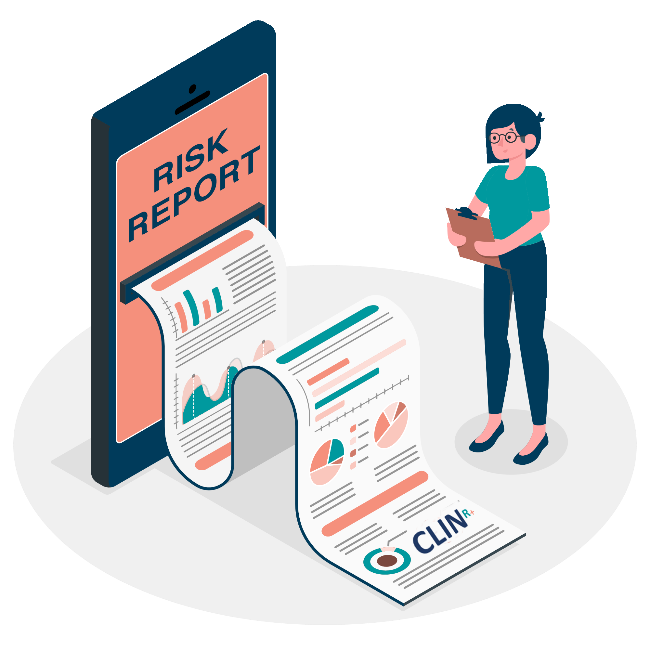Medical Device Design FAQ

Q: What are the requirements for incorporating the new EU MDR into a manufacturer's Quality Management System (QMS)?
A: The requirements for incorporating the new EU Medical Device Regulation (EU MDR 2017/745) into a manufacturer’s Quality Management System (QMS) are outlined in Article 10 (General obligations of manufacturers) and Chapter 1: Quality Management System of Annex IX of the MDR. These requirements go beyond the current ISO 13485:2016 and Medical Device Single Audit Program (MDSAP) requirements and include new processes and procedures.
Q: What changes does the EU MDR introduce to the design and development process?
A: The EU MDR does not change the current design control structure but introduces new requirements that must be integrated into the design and development process. These requirements include considering the device’s markets, compliance with industry and device-specific regulations, lifecycle management, benefit-risk profile, integration of SoTA, device classification, handling of equivalence, and the regulatory compliance strategy. The design process must also address updated General Safety and Performance Requirements (GSPR – from Annex I of the MDR) and apply the applicable EU MDR harmonised standards.
Q: What sustainability requirements need to be considered?
A: There is considerable conversation about sustainability requirements being integrated into the QMS process. Currently the QMS (ISO 13485) and risk management (ISO 14971) process do not integrate these needs, but it is worth looking at ISO 14001 and ISO 50001. Methodologies include Lifecycle Cycle Analysis and carbon footprint calculation as means to assess a devices environmental impact.
Q: What are some significantly updated requirements in Annex I of the MDR that impact the design and development process?
A: Some significantly updated requirements in Annex I of the MDR that impact the design and development process include GSPR 10.4 (Hazardous substances: CMR), GSPR 12 (Devices incorporating medicinal products), GSPR 17 (Electronic Programable Systems), GSPR 22 (Devices intended for use by lay persons), and GSPR 23 (Label and instructions for use). These requirements impose new specifications and obligations on medical device manufacturers.
Q: How does the EU MDR emphasize the importance of post-market activities in the design and development process?
A: The EU MDR requires that the clinical evaluation, including post-market clinical follow-up, be covered in the design and development process. This involves evaluating clinical data, determining equivalence, identifying data gaps, and considering potential needs for clinical investigations. Post-market surveillance (PMS) is also emphasized, with requirements for creating PMS plans and implementing post-market clinical follow-up (PMCF) plans after the device is placed on the market.
Q: What does an EU MDR-compliant design and development process look like?
A: An EU MDR-compliant design and development process should include considerations for regulatory compliance strategy, GSPRs and their solutions, handling equivalence, clinical evaluation and risk management, post-market clinical follow-up, and post-market surveillance. The process should involve planning, gathering, and evaluating data throughout the design and development cycle and beyond (total product lifecycle). Design records should be created to document compliance with the MDR’s requirements.
Related Articles
Gap Assessment
An MDR gap assessment is the process of looking at a medical device's technical file in a systematic way to determine if it meets all ...
Read More →
Risk Management
Risk management in the medtech industry extends beyond product development and manufacturing to become an integral part of your product's life cycle. Clin-r+ looks at ...
Read More →
Managing design of a Medical Device
What does an MDR compliant design and development process look like? Clin-r+ summarises this and lists additional design records that manufacturers must create during the ...
Read More →






